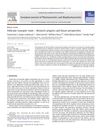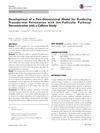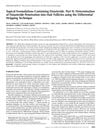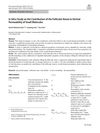Transdermal Permeation of Drugs in Various Animal Species
September 2017
in “
Pharmaceutics
”
transdermal permeation topically-applied drugs permeability coefficient diffusivity partition coefficient porcine skin rat skin skin permeation parameters metabolic enzymes skin thickness stratum corneum skin permeability skin diffusion skin partitioning pig skin hairless rat skin skin enzymes skin layers
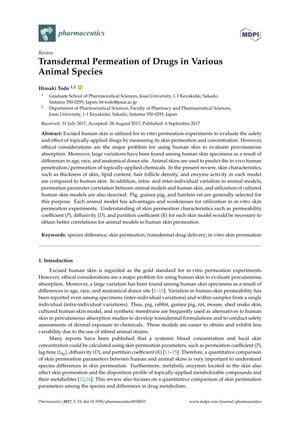
TLDR Pig skin is a good substitute for human skin to measure drug absorption, but differences in skin structure and enzymes across species must be considered.
The document from 2017 reviews the use of animal skin models, such as pigs, guinea pigs, and hairless rats, to predict human skin permeation of topically-applied drugs, highlighting the importance of understanding permeability coefficient (P), diffusivity (D), and partition coefficient (K) for better correlation with human skin. Porcine skin is identified as histologically similar to human skin, making it a good model for in vitro experiments, while rat skin is more permeable, indicating potential differences in drug properties. The review also notes the necessity of quantitative comparisons of skin permeation parameters and metabolic enzymes between species to understand species differences in skin permeation. It concludes that porcine skin is a suitable surrogate for human skin in permeability measurements, and emphasizes the importance of considering skin thickness and the stratum corneum in permeability studies.
